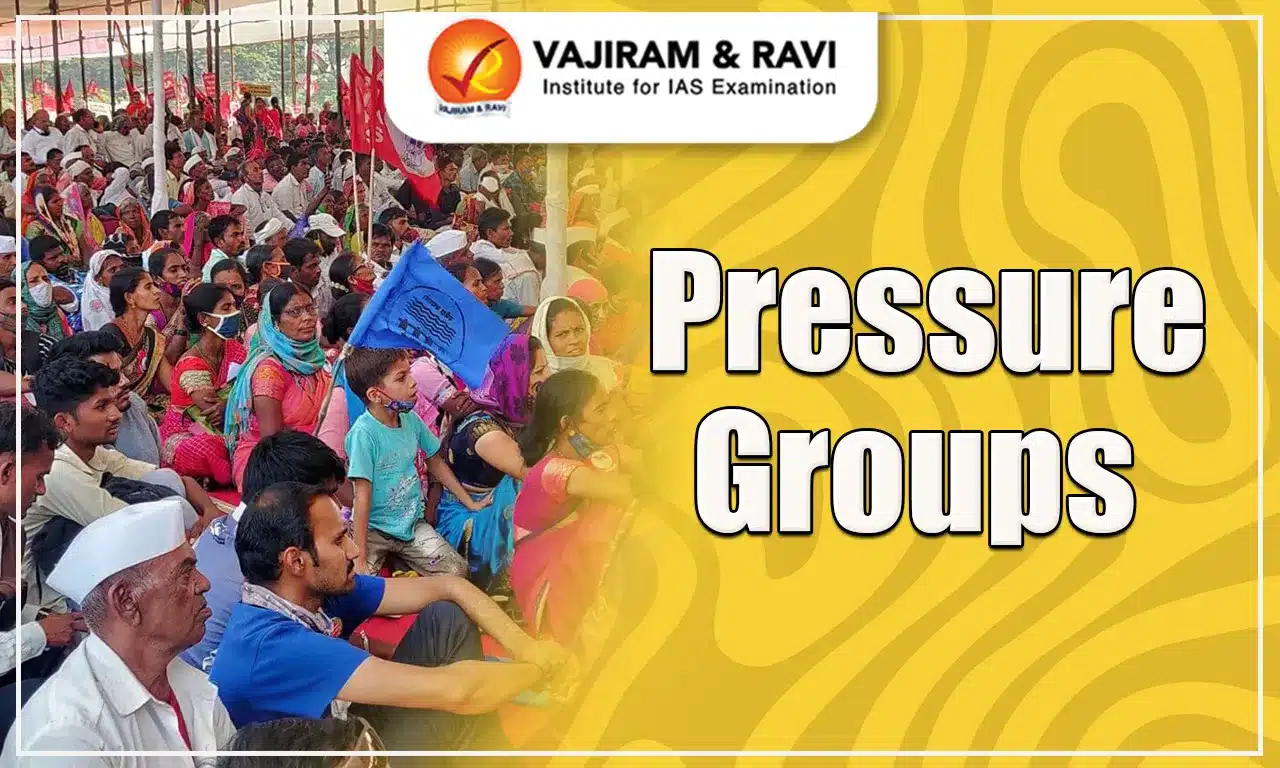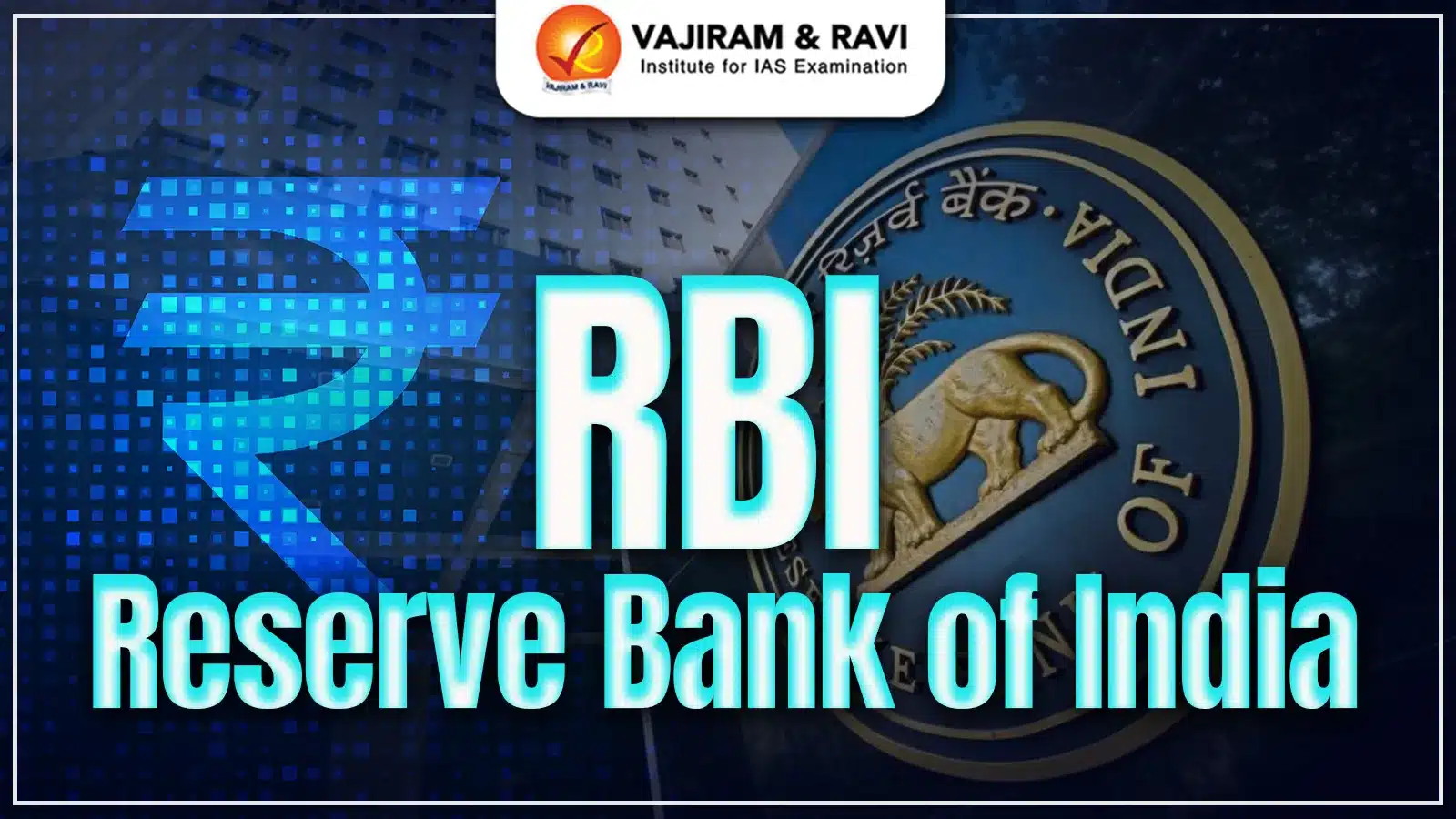What is Urbanization?
Urbanization refers to the process by which a growing proportion of a population comes to live in cities and other urban areas and the ways in which this affects society and the environment. It is a global phenomenon that has been driven by a variety of factors, including economic development, technological change, and population growth.
- In India, urbanization has been a rapidly growing trend in recent decades. The population of India's cities and towns has been increasing faster than the rural population.
- According to the 2011 Census, the urban population in India was about 31.2% of the total population. This is projected to grow around 40% of the total population by 2030.
What are the different types of urban settlements in India?
Urban settlements in India can be classified into several different types, which can provide insights into the country's urbanization patterns
- Census Town: Population of at least 5,000, a population density of at least 400 per sq km, where at least 75% of the male working population is engaged in non-agricultural pursuits.
- Statutory Town: A town officially designated as such by the relevant state government. These towns typically have a corporation or municipality in charge of local government.
- Satellite Town: A town that is located in close proximity to a larger urban center and is dependent on it for economic and social activities.
- Urban Agglomeration: A continuous urban area of the city/town and also the suburban fringe/rural areas lying within the administrative boundaries of a nearby town/city.
- Outgrowth: A small settlement adjacent to a larger town or city that has grown out of it, but is still considered a separate entity by the government for administrative purposes.
- Over urbanization: refers to urbanization where the urban areas are excessively developed, and the natural resources are over-utilized.
- Suburbanization: refers to the process of urbanization where the urban areas are growing outwards, and the rural areas are becoming urbanized.
- Counter urbanization: refers to the movement of people and businesses from urban to rural areas.
How is Urbanization in India different and unique?
Urbanization in India is a unique and dynamic process characterized by the following
- Rapid Rate of Urbanization: India is projected to become the world's most populous country by 2023, and as a result, its cities are growing at an unprecedented pace.
- Informal Settlements: A significant portion of India's urban population lives in informal settlements or slums, which often lack basic infrastructure and services. These settlements are often marginalized and excluded from formal systems.
- Coexistence of ancient and modern cities: Cities like Varanasi, Jaipur, and Haridwar have rich cultural heritage and history, which coexist with the fast-paced development of modern cities like Mumbai, Bangalore, and Gurgaon.
- Urbanization due to the tertiary sector: Indian cities have primarily developed due to growth in the tertiary sector, such as communication, transport, services, and construction, rather than the secondary sector, which is ironic.
- Geographical difference: Southern India is more urbanized than Northern and Eastern India due to the presence of historical, socio-cultural, and educational resources.
What are the factors leading to urbanization in India?
Several factors lead to urbanization in India, including
- Economic factors: Urban areas offer more job opportunities and higher wages. For example, the growth of the IT industry in cities like Bangalore and Hyderabad has led to an influx of people seeking employment in these sectors.
- Social factors: Urban areas offer a wider range of social and cultural opportunities. For example, access to quality education and healthcare facilities in cities like Mumbai and Delhi attracts people from rural areas.
- Political factors: Government policies have encouraged urbanization. For example, the government's "Smart City" initiative, which aims to develop 100 cities across India, is expected to drive urbanization.
- Environmental factors: Natural disasters have driven people from rural to urban areas in search of safety and stability. For example, Cyclone Fani, which hit coastal Odisha in 2019, displaced many people, and they migrated to nearby urban areas.
- Infrastructure development: Improved transportation and communication systems such as metro rail have made it easier for people to move to and from urban areas, and also improved the quality of life in urban areas.
- Demographic factors: India's population has been growing rapidly in recent years, contributing to the growth of urban areas as more people seek out housing and other services.
| Push Factors | Pull Factors |
| Rural poverty and unemployment | Job opportunities in urban areas |
| Lack of basic services and infrastructure in rural areas | Higher wages and better living standards in urban areas |
| Political instability and violence | Access to education and healthcare in urban areas |
| Environmental degradation and natural disasters in their native place | Greater social and cultural diversity in urban areas |
| Limited economic opportunities in rural areas | Access to technology and modern amenities in urban areas |
What are the adverse impacts of urbanization in India?
Urbanization in India has led to various adverse impacts, including
- Environmental degradation: Urbanization can lead to increased pollution, deforestation, and soil erosion. For example, the rapid expansion of cities in India has led to an increase in air pollution and a decrease in green spaces.
- Overcrowding and strain on infrastructure: For instance, cities like Mumbai and Delhi face a shortage of affordable housing and inadequate public transport infrastructure.
- Loss of agricultural land: For instance, the conversion of fertile agricultural land into real estate in the outskirts of cities like Bengaluru and Hyderabad has led to a reduction in agricultural production.
- Displacement of rural residents: Urbanization can also lead to the displacement of rural residents who are forced to leave their homes and communities to make way for urban development.
- Inequalities in access to resources and services: Urbanization can exacerbate existing inequalities in access to resources and services. For example, slum dwellers in cities like Mumbai and Kolkata often lack access to basic services.
- Traffic congestion and poor air quality: As the number of vehicles increases, the traffic congestion and poor air quality in urban areas also increases. For example, cities like Delhi and Bengaluru are facing a severe air pollution problem.
- Loss of biodiversity: Urbanization leads to loss of biodiversity as natural habitats are destroyed and fragmented. For example, the expansion of cities like Chennai and Pune has led to the destruction of natural habitats, leading to a loss of biodiversity.
What are the social problems associated with urbanization in India?
Urbanization in India has led to several social problems, including
- Social discrimination: People belonging to certain lower castes, religious minorities, and people from certain ethnic groups may face discrimination in housing, employment, and access to public services.
- Change in the Family System: Urbanization has led to a change in the traditional family structure in India, as nuclear families become more common and extended families become less so. This can lead to a lack of support for older adults and children.
- Ghettoization: Urbanization has led to the formation of ghettos or segregated neighborhoods based on race, religion, and caste. For example, in many cities, people from lower castes and the poorest sections of society are forced to live in overcrowded and poorly-maintained slums like Dharavi in Mumbai.
- Caste system: The caste system has led to discrimination and marginalization of certain groups, particularly lower castes. Urbanization has led to the migration of people from different castes to the cities, and this has led to the continuation of the caste system in the urban areas, which further exacerbates social inequality.
- Social unrest and crime: Rapid urbanization has also increased crime and social unrest. For example, in cities like Delhi, there have been instances of rioting and civil unrest due to issues such as unemployment, poverty, and displacement.
- Gated Communities: Urbanization has also led to the development of gated communities, where only certain people, usually the wealthy, have access. This can lead to a lack of integration and understanding between different social groups, and can exacerbate social inequality.
What are the government initiatives related to urban development in India?
The government of India has implemented a number of measures to address the adverse impacts of urbanization in the country, including
- Jawaharlal Nehru National Urban Renewal Mission (JNNURM): This program, which was launched in 2005, aims to provide financial assistance to urban local bodies for the development of infrastructure and services.
- National Urban Transport Policy (2006): This policy promotes sustainable and equitable urban transportation systems, including public transport and non-motorized transport options.
- National Urban Housing and Habitat Policy (2007): This policy aims to provide affordable housing and improve living conditions for urban residents, particularly for low-income groups.
- Deendayal Antyodaya Yojana - National Urban Livelihoods Mission (DAY-NULM): Launched in 2013, this program aims to reduce poverty and vulnerability of urban poor households by providing them with opportunities for skill development and self-employment.
- Heritage City Development and Augmentation Yojana (HRIDAY): Launched in 2014, this program aims to conserve and revitalize the cultural heritage and tourism potential of 12 identified cities in India.
- Swachh Bharat Abhiyan: Launched in 2014, this campaign aims to improve sanitation and cleanliness in urban areas, including the construction of toilets and solid waste management.
- Pradhan Mantri Awas Yojana (PMAY): This program, launched in 2015, aims to provide affordable housing to urban residents, particularly for low-income groups and economically weaker sections.
- Smart Cities Mission: Launched in 2015, this mission aims to promote the development of 100 smart cities in India, focusing on sustainable and inclusive urban development.
- Atal Mission for Rejuvenation and Urban Transformation (AMRUT): This program, launched in 2015, aims to improve basic services and infrastructure in urban areas, including water supply and sewerage systems.
What steps can be suggested to address the problems associated with Urbanization in India?
Several remedies can help India address the problems associated with urbanization, including:
- Solid Waste Management: Setting up and operating waste-to-energy plants and promoting recycling and composting of solid waste. NITI Aayog has recommended constituting a Waste to Energy Corporation of India (WECI) to address the problem of solid waste management in urban areas.
- National Urban Development Authority(NUDA): Establishing a National Urban Development Authority will help to monitor urban development at the national level, strengthening the role of urban local bodies in urban planning, development, and management.
- Sustainable Transportation: Developing sustainable transportation systems to reduce traffic congestion and air pollution.
- Coordination and Collaboration: Improving coordination and collaboration among different levels of government and between the government and private sector to address the complex challenges of urbanization.
- Public-Private Partnerships: Encouraging private sector investment in infrastructure, housing, and other urban development projects and creating a conducive environment for public-private partnerships through policy and legal reforms.
- Affordable Housing: Promoting mixed-income housing, encouraging private-sector participation and creating special development zones for affordable housing.
- Green Spaces and Parks: Promoting green spaces and parks to improve air and water quality and provide public recreational areas.
Successful examples of Sustainable and Planned Urbanization in India
- Chandigarh: Chandigarh is known for its well-planned urban design and efficient public transportation system, which has helped to reduce congestion and improve quality of life for residents.
- Indore: Known for its waste management initiatives, Indore has implemented a number of programs to improve the collection and disposal of waste. Hence, Indore has topped the 'Swachh Survekshan Awards' for the sixth time in 2022.
Therefore, urbanization can lead to economic growth and improved infrastructure. On the other hand, it can also result in overcrowding, pollution, and resource strain. Thus, it is crucial for the government to implement policies that address the negative effects of urbanization while also promoting sustainable development.
Last updated on November, 2025
→ Check out the latest UPSC Syllabus 2026 here.
→ Join Vajiram & Ravi’s Interview Guidance Programme for expert help to crack your final UPSC stage.
→ UPSC Mains Result 2025 is now out.
→ UPSC Notification 2026 is scheduled to be released on January 14, 2026.
→ UPSC Calendar 2026 is released on 15th May, 2025.
→ The UPSC Vacancy 2025 were released 1129, out of which 979 were for UPSC CSE and remaining 150 are for UPSC IFoS.
→ UPSC Prelims 2026 will be conducted on 24th May, 2026 & UPSC Mains 2026 will be conducted on 21st August 2026.
→ The UPSC Selection Process is of 3 stages-Prelims, Mains and Interview.
→ UPSC Result 2024 is released with latest UPSC Marksheet 2024. Check Now!
→ UPSC Prelims Result 2025 is out now for the CSE held on 25 May 2025.
→ UPSC Toppers List 2024 is released now. Shakti Dubey is UPSC AIR 1 2024 Topper.
→ UPSC Prelims Question Paper 2025 and Unofficial Prelims Answer Key 2025 are available now.
→ UPSC Mains Question Paper 2025 is out for Essay, GS 1, 2, 3 & GS 4.
→ UPSC Mains Indian Language Question Paper 2025 is now out.
→ UPSC Mains Optional Question Paper 2025 is now out.
→ Also check Best IAS Coaching in Delhi
Urbanization in India FAQs
Q1. Which are the most urbanized states and union territories in India?+
Q2. How does urbanization impact the environment in India?+
Tags: quest urbanization in india

















